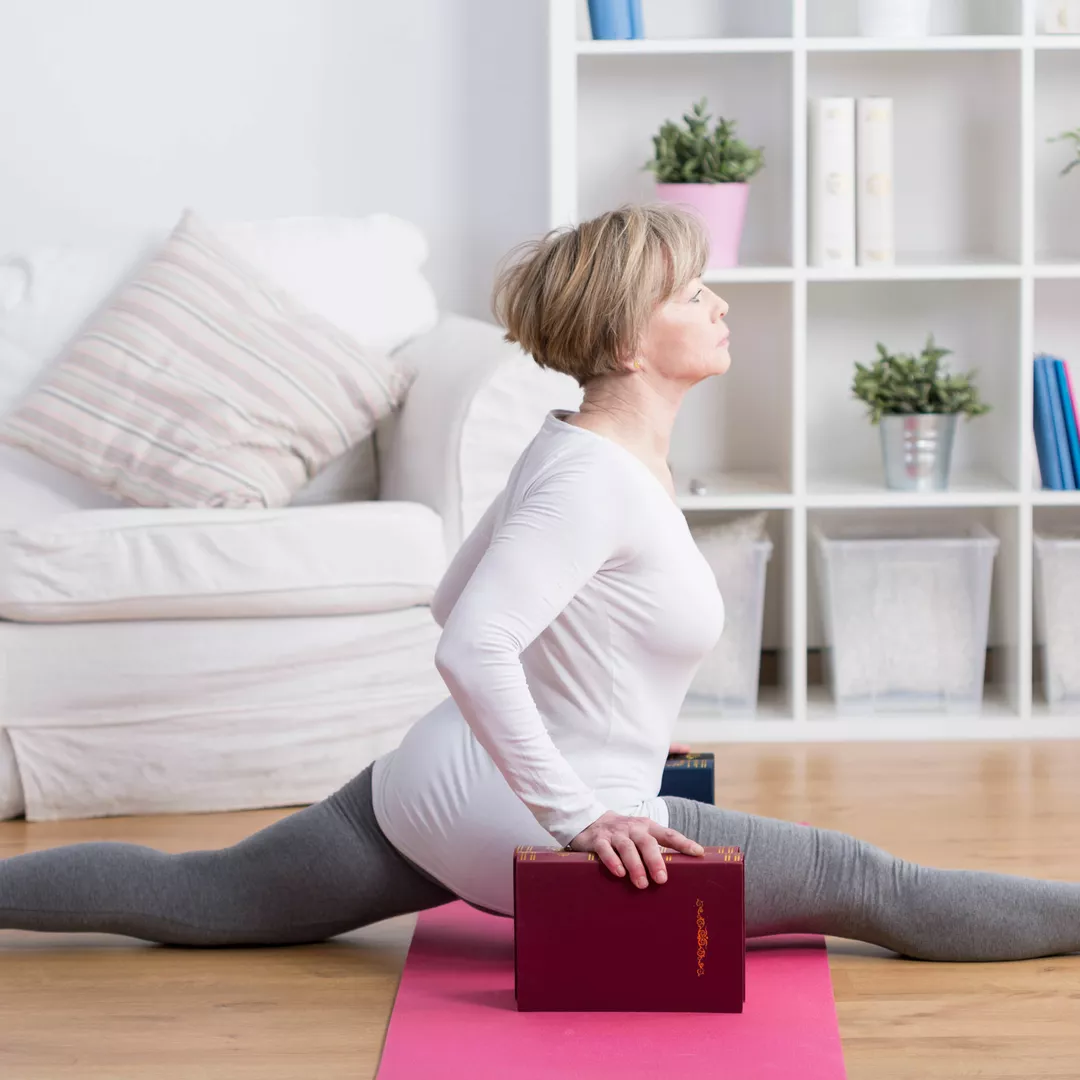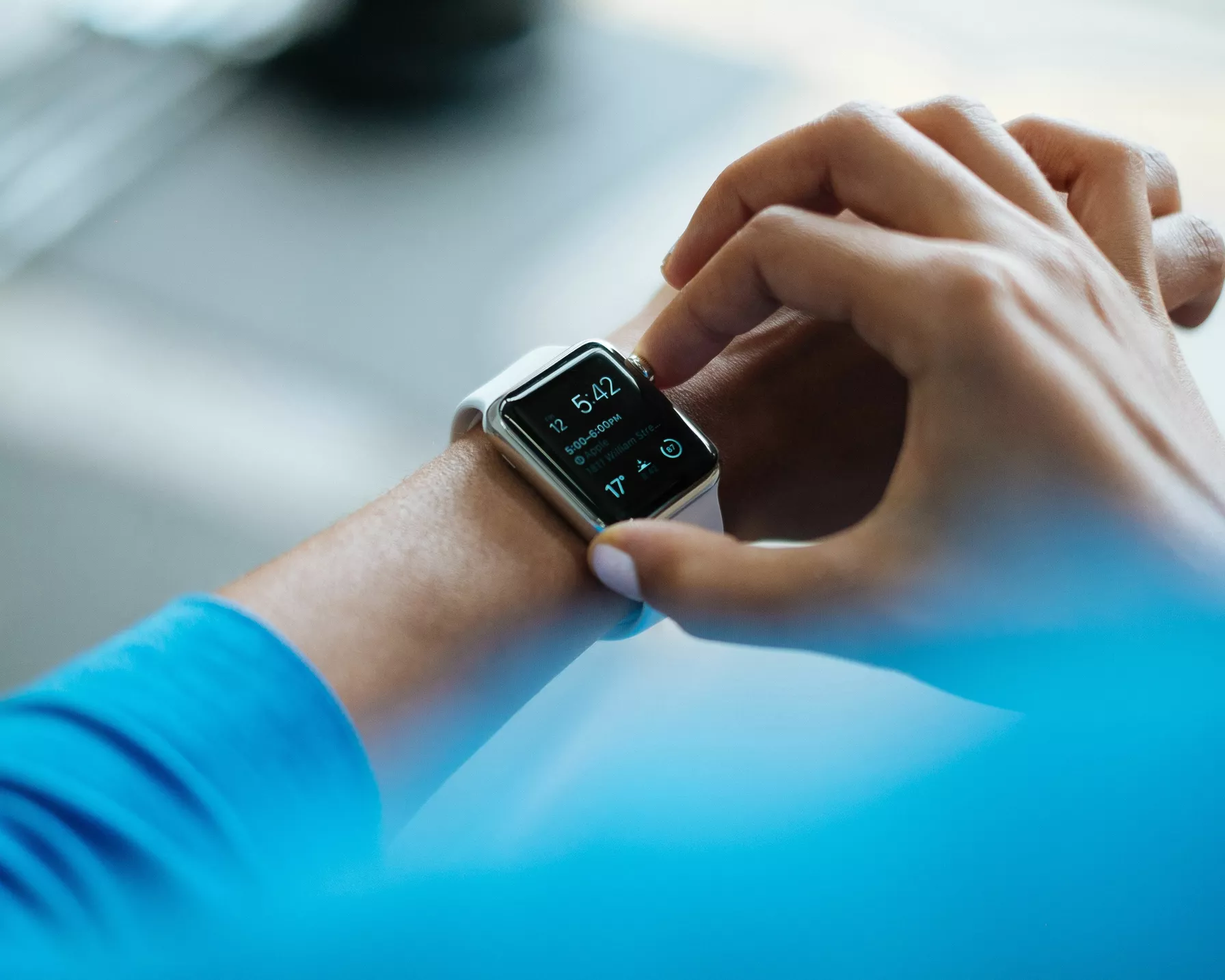Where to get started
For extra guidance in how to use these everyday items for exercise or how to put together an exercise routine, there is plenty of information available online apart from websites.
- Apps: A huge variety of exercise apps can be downloaded for free. Start by searching for the type of exercise you want to do, such as aerobic exercise, resistance training or flexibility workouts. You can be even more specific in your search and look for apps for yoga, Pilates or HIIT (high intensity interval training), just to name a few. With so many guides available, it can be difficult to narrow down the one which will be most helpful to you. Think about what you need most when exercising. Do you need instruction on how to do specific exercises? Or do you need the motivational boost of working against a clock or a voice guide?
- Online videos: If you enjoy following along while watching someone else lead an exercise routine, there are free video sites containing plenty of videos by people who have taken at-home exercising to heart and demonstrate using everyday items in their exercise routines.
Remember, if you’re starting a new exercise routine, it’s always best to run it past your doctor first, particularly if you haven’t exercised in a long time or have other health concerns.


